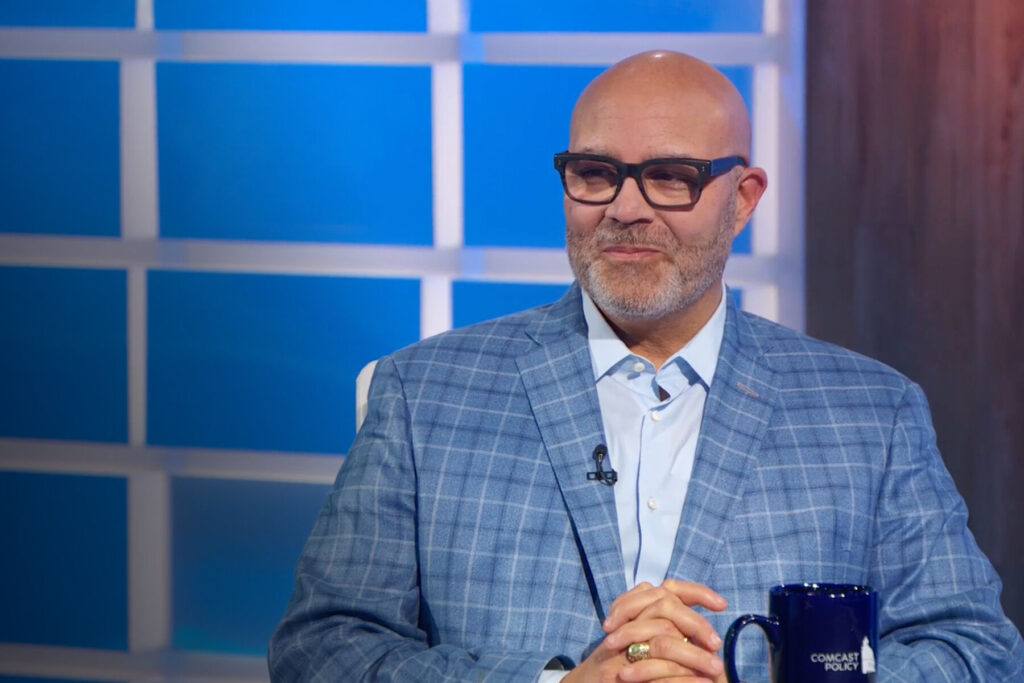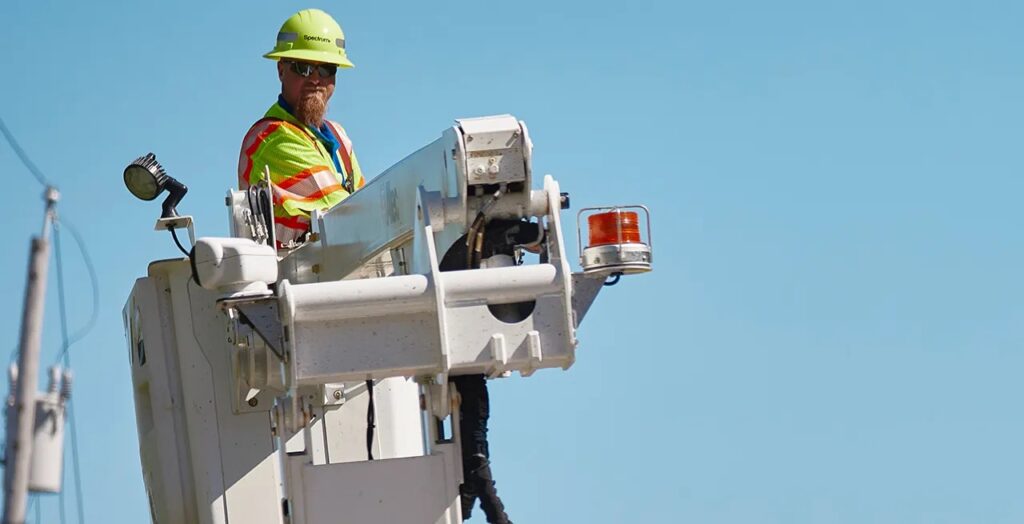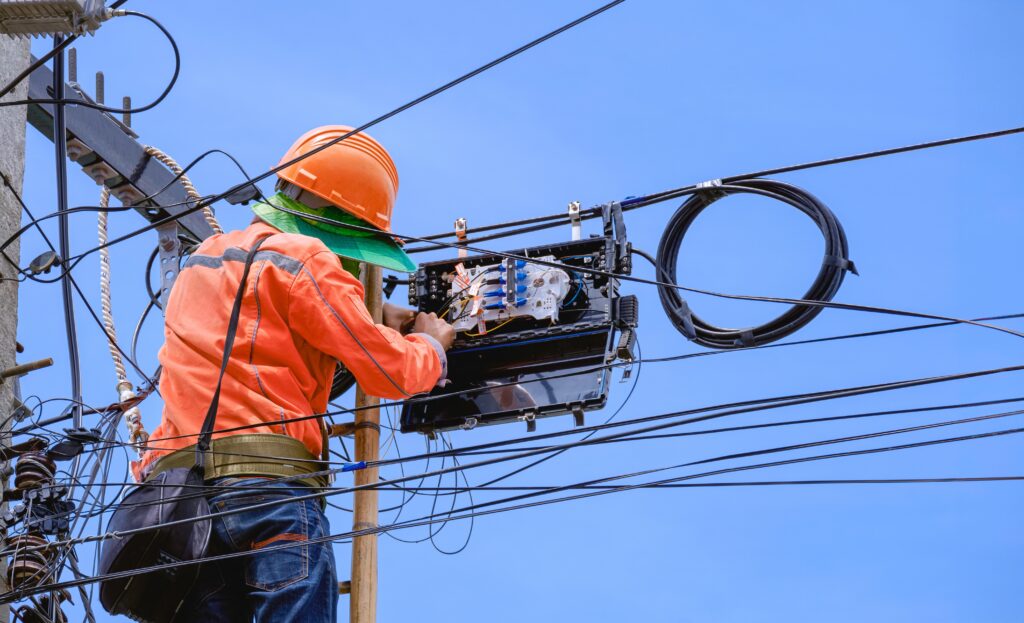Today is World Wi-Fi Day – an opportunity both to celebrate Wi-Fi’s extraordinary success and to ask ‘where does Wi-Fi go from here?’
Since its humble beginnings in the “junk bands” in 1985, Wi-Fi has become an integral part of everyday life, keeping people connected at home, at school, and at the office. For many, Wi-Fi is synonymous with Internet access. That’s no wonder when you consider that Wi-Fi carries the vast majority of U.S. wireless traffic. Cable’s public Wi-Fi networks alone support 2.5 billion active sessions and carry 169 petabytes of data per month. The unlicensed spectrum bands on which Wi-Fi relies are also big generators of economic value; one study estimates that the unlicensed industry will generate more than $547 billion in economic surplus and nearly $50 billion in GDP this year.
What’s the secret ingredient to Wi-Fi’s success?
First, Wi-Fi shares well with others. Wi-Fi is designed to listen before it begins transmitting, allowing it to operate where and when other users do not. It’s built to be resilient and efficient while respecting the operating rights of other users. This allows Wi-Fi devices to share politely with other Wi-Fi users, and to make efficient use of spectrum while protecting the operations of incumbent users.
Second, the FCC’s light-touch regulatory regime in the unlicensed spectrum bands where Wi-Fi operates keeps barriers to entry low. Anyone can operate in unlicensed spectrum bands so long as their equipment abides by certain technical rules. This regulatory regime allows you to put a Wi-Fi router in your home without going to the FCC to request permission or pay a fee.
What’s next on the horizon in Wi-Fi innovation?
New unlicensed technologies in low-, mid-, and high-band spectrum are poised to change how we work, learn, and play.
Starting with the high-band millimeter wave spectrum, unlicensed WiGig (802.11ad) products will offer up to 4.6 Gbps speeds with more capacity and better connections than traditional Wi-Fi. This unlicensed standard can transform the way we stream video and transfer data at short distances and will enable wireless virtual and augmented reality.
In mid-band spectrum, the next-generation 802.11ax Wi-Fi standard—designed to operate in the 2.4 GHz and 5 GHz bands—will bring even faster speeds, and even better performance in user-dense environments. NCTA recently highlighted the 3.5 GHz band, which could bring more capacity to today’s congested mobile networks, enabling more seamless video streaming and websurfing experiences, and could help extend signals into areas that were previously hard to reach.
New unlicensed low power wide area networks using 900 MHz low-band spectrum are poised to power smart cities, industrial tracking, utility metering, and environmental monitoring.
With increasing demand for existing services and these new unlicensed innovations on the horizon, we’re facing an unlicensed spectrum shortfall.
How can the FCC support next-generation Wi-Fi?
We undoubtedly need more unlicensed spectrum and that’s where the FCC should begin. A study for the Wi-Fi Allianceestimates that we’ll need up to 1 GHz or more of new Wi-Fi spectrum by 2025, so now is the time to designate new unlicensed frequencies.
One candidate, the 5.9 GHz band, is currently home to intelligent transportation technologies. But after nearly 20 years without a single commercial deployment, the first equipped vehicle model appeared on roads just this year. The FCC can allow American consumers to make better, more efficient use of this spectrum band by authorizing shared Wi-Fi use.
Although the 5.9 GHz band provides a place to start, the work is never finished. We look forward to continued engagement with the FCC, NTIA, and other spectrum stakeholders to promote a balanced spectrum policy and to identify additional frequencies suitable for unlicensed use.









